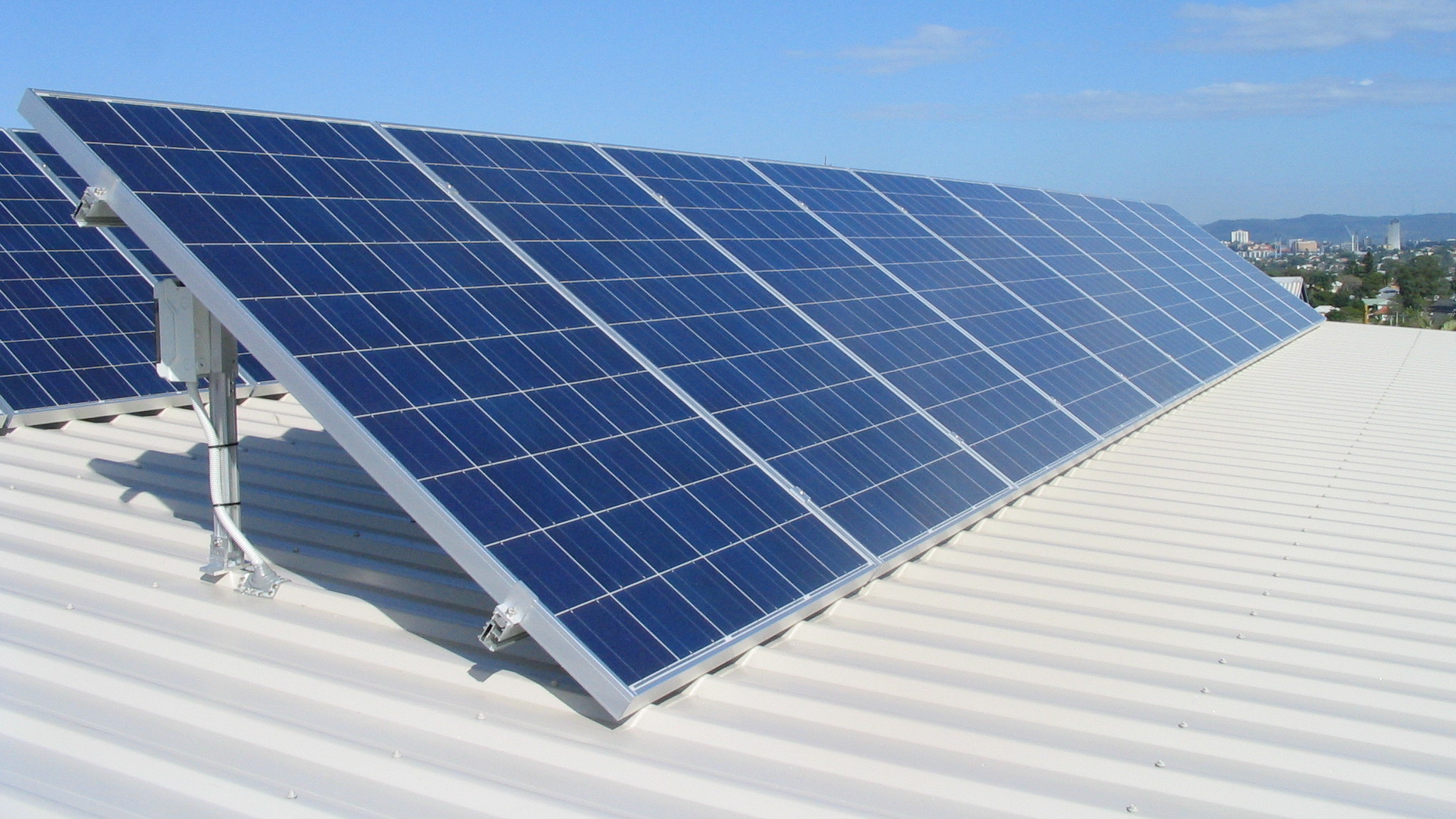Utilizing the Sun’s Power: Solar System Price in Pakistan
Solar energy systems have grown in popularity as a cost-effective way to capture the power of the sun in a world where environmental concerns and rising energy bills are major issues. We will examine the different factors that make solar energy a desirable option for both residential and business uses as we delve into the topic of solar system price in Pakistan.
An understanding of Pakistani solar power
Like many other nations, Pakistan has realized how much solar energy can do to both fulfill its rising electrical needs and lessen its carbon footprint. The area is a prime contender for solar power generation due to its plenty of sunshine. Let’s examine the main elements that drive Pakistan’s interest in solar power systems.
1. Plenty of sunlight
Pakistan is fortunate to have a year-round supply of sunshine, particularly in areas like Sindh and Baluchistan. Installing solar panels is made easier by this steady supply of solar radiation.
2. Decentralized Energy
The desire for energy independence is one of the main factors driving Pakistani consumers to choose solar power. Installing a solar system can help businesses and families cut down on their dependence on the frequently unstable national grid.
3. Governmental Proposals
The adoption of solar energy has been actively promoted by the Pakistani government. To entice people and companies to invest in solar systems, a range of incentives and subsidies are offered. These rewards have the potential to greatly reduce the installation’s initial cost.
Breaking Down Solar System Costs
Let’s now examine Pakistani solar system costs in more detail. It is important to realize that a solar system’s cost might vary significantly based on a number of factors. Below is a summary of the main cost elements:
solar panels
Any solar system’s core is its solar panels. The capacity and efficiency of solar panels determine their pricing. Although they can produce more electricity in a smaller area, high-efficiency panels are typically more expensive.
2. Rectifiers
Inverters are required to change the direct current (DC) electricity that is generated by solar panels into alternating current (AC) electricity before it can be used in homes or businesses. It’s possible that the type of inverter and its capacity will have an effect on the overall price of the system. Even though it is not a significant initial expenditure, it is essential to take into consideration the ongoing expenditures of maintenance and monitoring in order to guarantee that the system will function well for the entirety of its lifespan.
3. Installation and Mounting
The project’s complexity, the type of roof, and where it’s installed can impact the mounting structure and installation costs. Depending on these factors, your expenses may vary. If it’s a tricky project, like a complicated roof or a challenging location, you might find yourself shelling out more cash. But if it’s a straightforward setup, your wallet might feel a bit lighter. Keep in mind that the devil’s in the details here. You’ve got to consider all these elements before diving into your project. Don’t rush it; take your time to plan things out. It’s better to be prepared than to be hit with unexpected costs later on. So, before you start, do your homework and get a good handle on what your project entails. That way, you won’t be caught off guard by any surprises down the road.
4. Optional batteries
Batteries can be added to the system for people who want total energy independence or backup power in case of emergencies. Still, there will be extra expenses involved.
5. Upkeep and Observation
Even though it is not a significant initial expenditure, it is essential to take into consideration the ongoing expenditures of maintenance and monitoring in order to guarantee that the system will function well for the entirety of its lifespan.
Choosing the Appropriate System Size
Selecting the appropriate system size is essential to guaranteeing cost-effectiveness and maximum energy production. A few things that will affect your choice are your electricity usage, the amount of roof space you have available, and your budget. In order to ascertain the appropriate system size for your requirements, it is necessary to speak with a reliable solar contractor.
ROI, or return on investment,
Purchasing a solar system in Pakistan will save you money in the long run, in addition to the initial outlay. Over the course of their 25-year or longer lifespan, solar panels can result in significant cost savings on your electricity bills. Your return on investment can be further increased by selling extra electricity to the grid through the government’s net metering scheme.
In summary
In conclusion, the price of a solar power system in Pakistan is determined by a variety of criteria, including the size of the system, the type of components that are chosen, and the incentives provided by the government. Solar power is a desired alternative for both homes and companies due to its long-term advantages in terms of energy savings and its effects on the environment, despite the fact that the initial cost could appear to be exorbitant.




